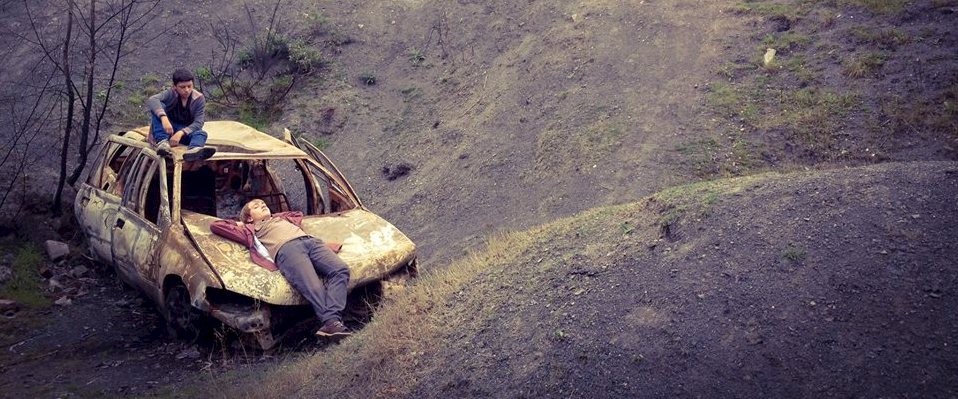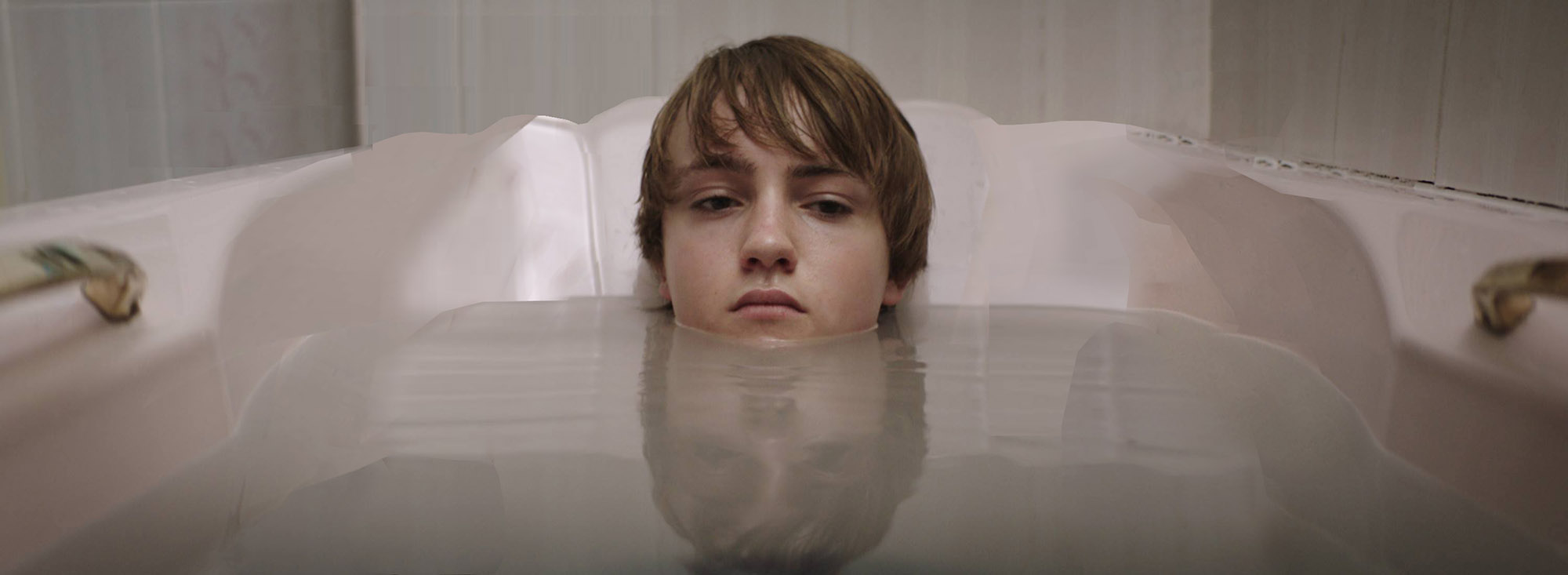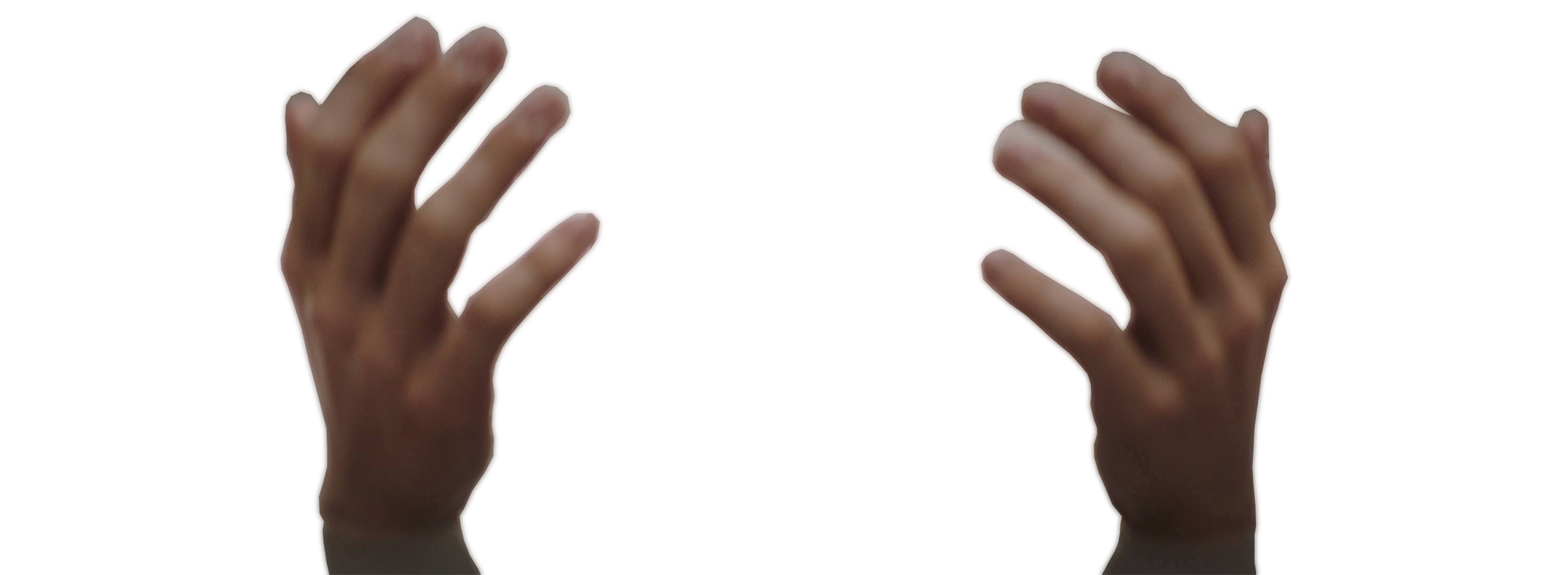The Devil Outside

Composer
This quiet score was built around the concept of air: from the unseen forces that surround and push and pull the characters, to the wind that permeates many of the scenes to the imagination that Robert regularly resorts to for comfort until it starts getting led astray. Flutes, clarinets, oboe and duduk are used, and air carries the echoes of the gongs. The reediness of the duduk and oboe also invoke a snake charmer or Pied Piper element which weaves temptation throughout the film.
The core palette of instruments is as follows.
Upright piano - intimate, domestic, quotidian, safe
Ascending Triad piano - the Trinity, dual realms, questioning
Tremolo Strings - Suspension, floating. trepidation, intimate, anxiety
Echo gongs - ritual, mania, devils chord, hell
Duduk, Oboe + Voices - Pied Piper, temptation
Flutes + Clarinets - air, lightness, sparks
Echoes - The pervasiveness of ideas that start to blend into the surrounding world. The energy of memories.
The score is mainly in A minor - it is relentless - Robert is effectively trapped. There is freedom and moments of lightness but only in one dimension. Different keys in the score for the film bring in new notions of freedom at certain key points. The pitch is often warped for vertiginous and disorientating effect, the bending of reality.
Key motifs of the score are ascending and descending triads, and the Devil’s Chord - a tritone - an interval that was allegedly banned in the Middle Ages for being too satanic. It makes appearances mainly with the gongs.
Given the subtext, most of the score is played as quietly as possible - much of it is in Robert's head. If you can create a world where the loudest things are still quiet, controlled, restrained, then there is a lot of headroom when something dramatic is finally unleashed…
There are three almost imperceptible notes that cycle through different instruments throughout the film, growing in intensity - a premonition or a question? - from duduk to taiko drum - that build throughout different cues to the end scene.
He's In The Wilderness
A tense scene where Robert questions blind devotion. The rebellion starts almost imperceptibly before Robert takes matters into his own hands. This scene is about building courage to challenge the status quo, the anger and then exhilaration of freedom in amongst the mad house. Always asking questions it starts with an established motif - the seed of rebellion and it grows into a riot of emotions tumbling over themselves. Barely contained strings and flashes of forceful flute stabs speak to the silent anger and the runaway piano brings the heart rate to an unfettered gallop. But there are moments of comedy from the neighbours and the cue is slightly clumsy in places as teenage rebellion is rarely that controlled.
Mannequin
A very quiet and subtle piece. The idea was to encourage the viewer to lean in. From the echo of David's warning - the devil's chord on the gongs playing in hs head, Robert is pulled by teenage urges to explore.
The bells and and tremolo strings try to create a sense of trepidation, sweaty palms, the sound of fabric is quite high here so anything that can communicate and enhance a sense of material, felt, tactility - the electricity of the point of contact with the mannequin was something I was focusing on. The bells evoke the sense of fascination.
Pithead Piano

A bonus track! A tentative start leads to a burgeoning friendship. The innocence of two peas in a pod exploring a disused mine on the outskirts of Nottingham (Clipstone). With a few missteps!

